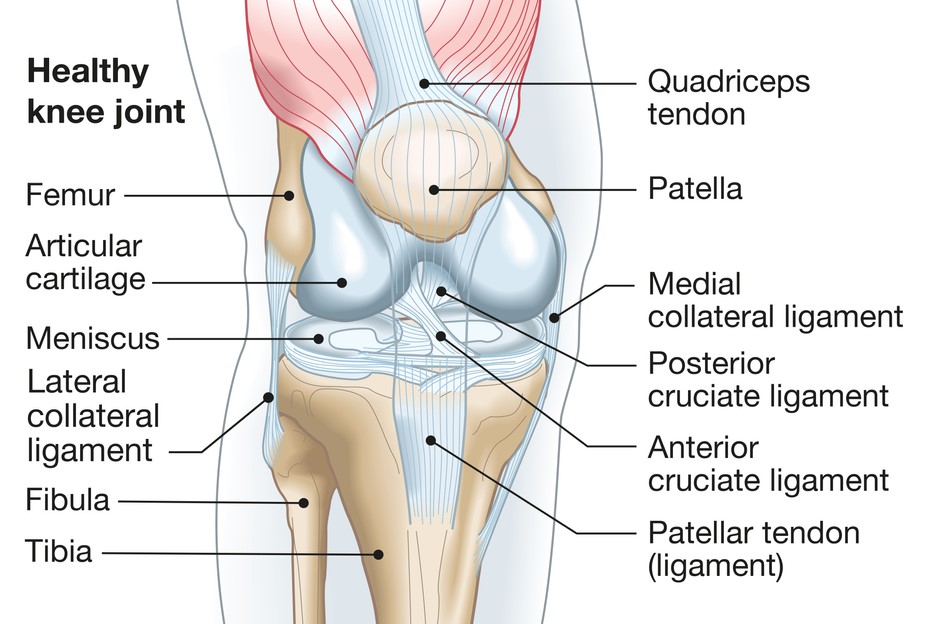BOURSESSENEGAL – Knee pain can be a significant barrier to everyday activities, affecting your mobility and quality of life. Whether you’re an athlete or someone who enjoys walking, knowing where the pain originates can help identify the problem. A knee pain location chart serves as a valuable tool for understanding the specific areas of discomfort and the potential underlying causes. In this guide, we’ll explore the knee pain location chart in detail, helping you pinpoint your pain and explore treatment options.
What is a Knee Pain Location Chart?
A Brief Overview
A knee pain location chart is a visual representation that highlights various areas of the knee and the types of pain associated with each location. It helps both patients and healthcare providers understand where the pain occurs and what conditions may be responsible. This chart can assist in diagnosing issues and guiding treatment strategies.
Why It’s Important
Understanding the specific location of knee pain can lead to more accurate diagnoses. Different areas of the knee are prone to different injuries and conditions. By referring to a knee pain location chart, individuals can communicate more effectively with healthcare professionals about their symptoms.
Common Locations of Knee Pain
1. Anterior Knee Pain
What It Is
Anterior knee pain refers to discomfort felt at the front of the knee. This type of pain is common among athletes, particularly runners and cyclists.
Potential Causes
- Patellar Tendonitis: Often referred to as “jumper’s knee,” this condition results from overuse and causes pain below the kneecap.
- Patellofemoral Pain Syndrome: This condition occurs when the cartilage under the kneecap is damaged, often due to misalignment.
2. Medial Knee Pain
Understanding Medial Pain
Medial knee pain is located on the inner side of the knee. This area is susceptible to injuries due to its role in stabilizing the joint.
Common Causes
- Medial Collateral Ligament (MCL) Injury: This ligament provides stability and can become strained or torn during sports.
- Meniscus Tear: The meniscus acts as a cushion in the knee, and tears can occur from twisting motions.
3. Lateral Knee Pain
What It Is
Lateral knee pain occurs on the outer side of the knee. This pain often arises from activities that put stress on the outer knee structures.
Causes to Consider
- Iliotibial Band Syndrome: This condition arises from irritation of the iliotibial band, which runs along the outside of the thigh.
- Lateral Meniscus Tear: Similar to a medial meniscus tear but located on the outer side of the knee.
4. Posterior Knee Pain
Overview
Posterior knee pain affects the back of the knee. This location can sometimes be overlooked, but it can indicate serious issues.
Causes to Explore
- Baker’s Cyst: This fluid-filled cyst can form behind the knee due to swelling from conditions like arthritis.
- Hamstring Injuries: Strains or tears in the hamstring muscles can lead to pain in the back of the knee.
How to Use a Knee Pain Location Chart
Step 1: Identify Your Pain
Begin by examining the knee pain location chart. Identify the area where you feel discomfort. Take note of any accompanying symptoms, such as swelling, stiffness, or changes in range of motion.
Step 2: Correlate Symptoms with Conditions
Once you identify the pain location, match it with the common conditions listed in the chart. Understanding potential causes can provide insight into your situation.
Step 3: Seek Professional Advice
After correlating your symptoms, consult a healthcare professional. Share your findings and symptoms to facilitate a more accurate diagnosis and treatment plan.
Treatment Options for Knee Pain
1. Rest and Ice
Resting the affected knee and applying ice can help reduce inflammation and pain. This approach is especially useful for acute injuries.
2. Physical Therapy
Physical therapy often plays a crucial role in rehabilitation. A physical therapist can provide exercises to strengthen the muscles around the knee, improving stability and function.
3. Medication
Over-the-counter pain relievers, such as ibuprofen or acetaminophen, can help manage pain and reduce inflammation. For more severe cases, a doctor may prescribe stronger medications.
4. Injections
In certain situations, corticosteroid injections can provide relief by reducing inflammation. Hyaluronic acid injections may also help lubricate the joint.
5. Surgery
In cases where conservative treatments fail, surgical options may be considered. Procedures like arthroscopy can address damaged cartilage or ligaments.
Preventing Knee Pain
1. Strength Training
Strengthening the muscles surrounding the knee can improve joint stability. Focus on exercises that target the quadriceps, hamstrings, and calves.
2. Flexibility Exercises
Incorporating stretching into your routine can enhance flexibility and reduce the risk of injury. Stretch before and after workouts to maintain muscle elasticity.
3. Proper Footwear
Wearing supportive shoes can make a significant difference, especially for those who engage in high-impact activities. Ensure your footwear provides adequate cushioning and support.
4. Gradual Progression
When starting a new exercise program, increase intensity and duration gradually. Avoid sudden spikes in activity levels to prevent overuse injuries.
Conclusion: Understanding Your Knee Pain
Utilizing a knee pain location chart is a valuable step toward understanding and addressing your discomfort. By identifying the pain location and correlating it with possible conditions, you empower yourself to seek appropriate treatment. Remember, knee pain doesn’t have to dictate your life. With the right knowledge and interventions, you can take control of your knee health.
Take Action
If you’re experiencing knee pain, consult a healthcare professional. Early intervention can prevent minor issues from becoming significant problems.
Empower Yourself
Educate yourself about your body and its signals. By staying informed and proactive, you can lead an active, pain-free life. Use the knee pain location chart as your guide to understanding and overcoming knee discomfort!
REFERENCE : roket123



